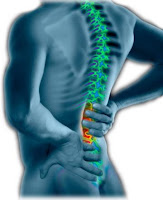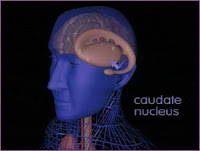Listen up pet lovers: Be super-careful with your drugs, as they top the list of toxins poisoning household pets. From dropped pills to medication packets lying around, domestic animals can be sickened by ingesting human drugs. One ASPCA hotline reports that it received approximately 40,000 calls last year for animals poisoned by human medication–that’s in one city alone! Dang!
Pet owners do not always know what their pets have gotten into–they just see the animals exhibiting symptoms, like lethargy, vomiting, seizures or refusing food.
The top toxins sending pets to veterinary ERs are over-the-counter meds, antidepressants, and…Ritalin!!! Ha ha ha ha…no kidding. Guess little Johnny ain’t paying attention the way he’s supposed to on the dope. Just try watching your dog fer chrissakes. Here are the top ten poisons taking out household pets:
- Human medication
- Pesticides
- Rodenticides
- People food
- Veterinary medications
- Chocolate
- Household toxins (cleaners)
- Plants
- Herbicides
- Outdoor toxins (like antifreeze and fertilizers)
So clean up your garage, put the Easter candy up high, and please…please…keep your kid’s Ritalin off the floor.















